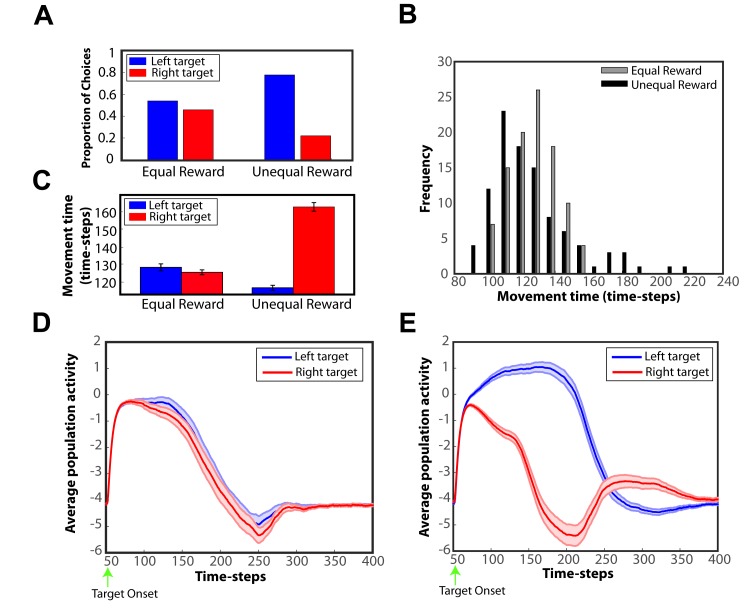Fig 10. Expected reward biases the competition between alternative actions.
A: Proportion of left and right choices in the “equal-reward” and “unequal-reward” conditions. Expected reward influences choice preferences by shifting the choice bias towards the higher valued target. B: Movement time distribution for “equal-reward” (gray bars) and “unequal-reward” (black bars) choices. The movement time is approximately normally distributed for equal-reward choices, and it becomes increasingly skewed to the right for unequal-reward choices. C: Average movement time for reaches to the left and right target in the equal-reward and unequal-reward conditions. The error bars are ± standard error. Notice that reach responses become faster when choosing the most preferred option than when selecting the less preferred option (two-sample t-test, p < 10−6). D: Time course of the average activity of the two populations of neurons tuned to the targets from the DNF that plans the reaches in the “equal-reward” condition. The target onset is indicated by a green arrow. The temporal evolution and the strength of the neural activity are about the same for both populations, since the expected reward for both choices is the same. E: Similar to panel D, but for the “unequal-reward” condition. In this case, the modulation of the expected reward influences the neural activity in the reach DNF—the activity of neurons tuned to the higher valued target increases significantly compared to the neuronal activity associated with the lower valued target.

